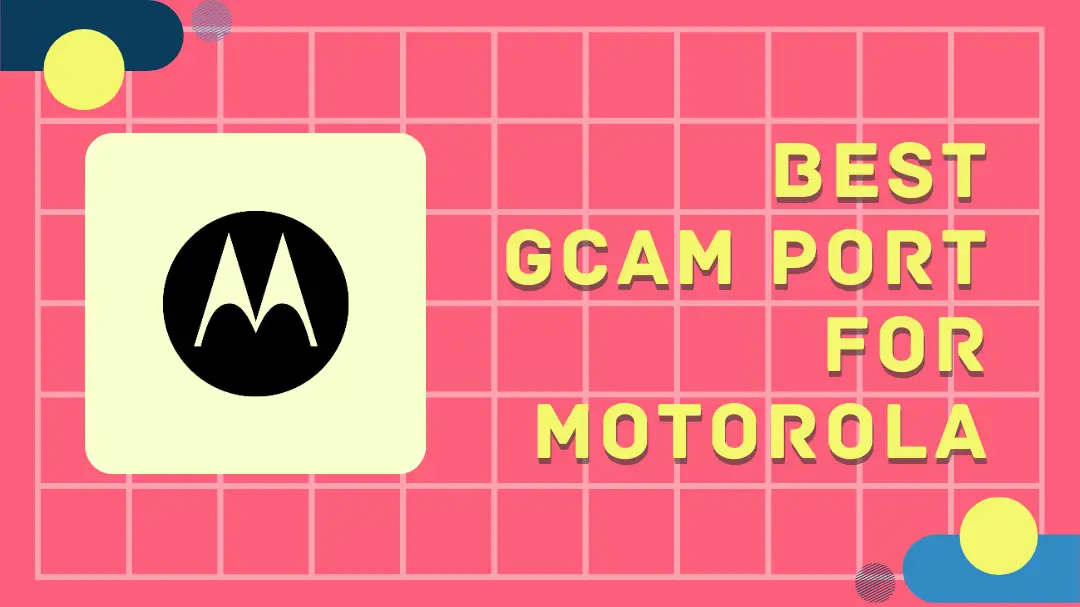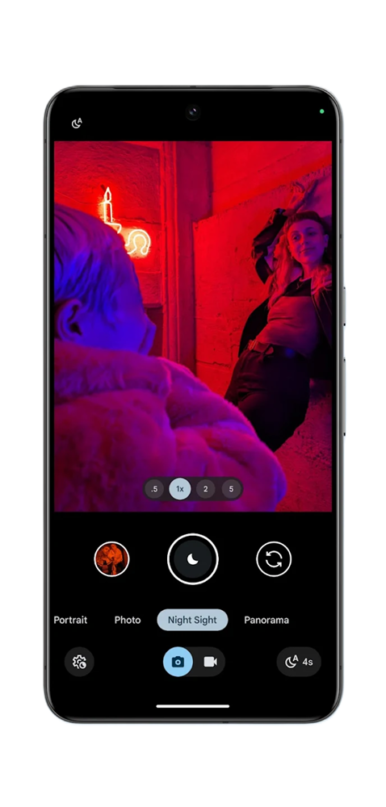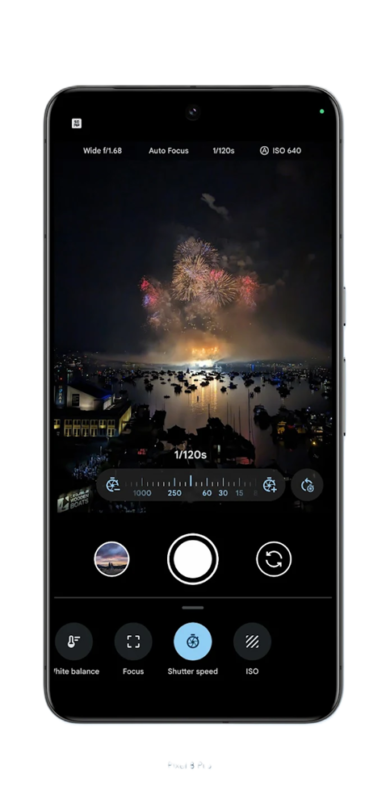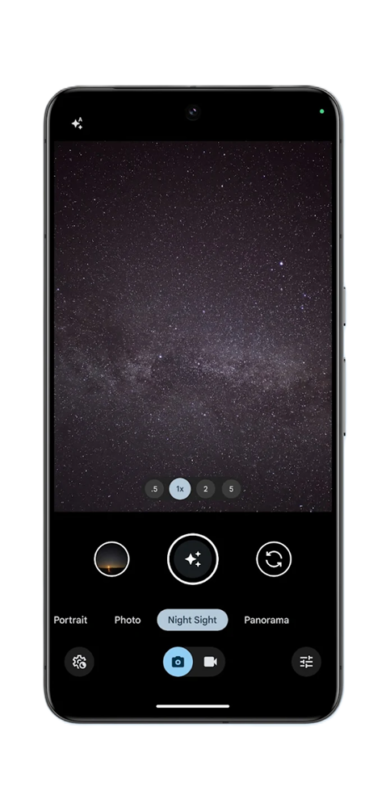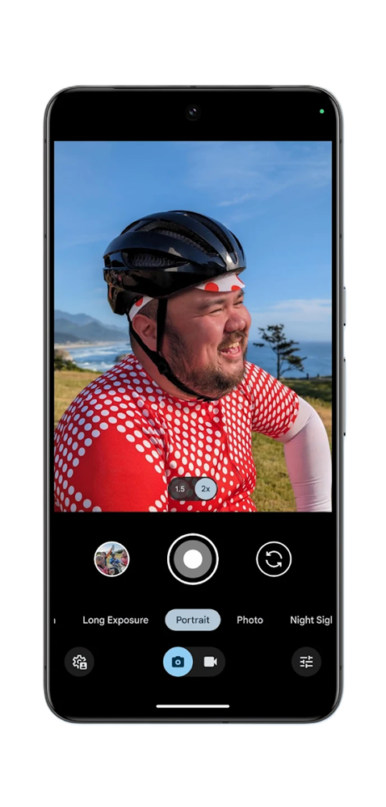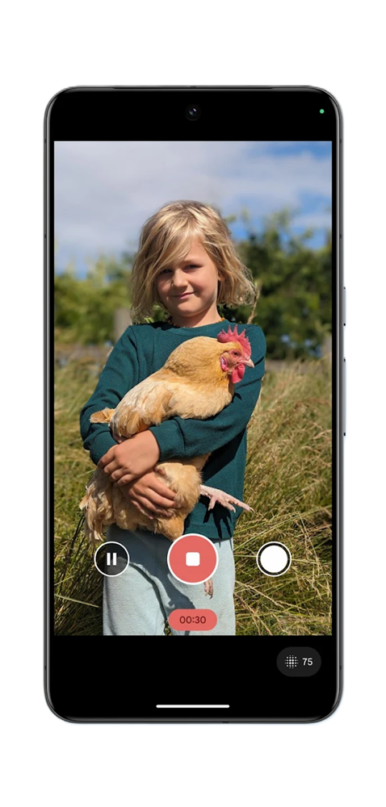Google Camera stands as one of the most sophisticated applications Google has developed for the consumer market. Ever since its debut alongside the inaugural Google Pixel series, Gcam has captivated the attention of countless technology enthusiasts.
Distinct from other Google applications, Google Camera is exclusively designed for Google’s premier Pixel lineup. However, there are methods to extend its usage to additional smartphones. In this discussion, we will explore strategies to experience Google Camera’s features on various devices. Additionally, we will provide recommendations for the top Google Camera versions compatible with the Moto Edge 40. Keep an eye out for updates.
![]()
What is Gcam Port
The inaugural version of the Google Camera app was launched alongside the Nexus phone in 2014, introducing a suite of groundbreaking features such as portrait mode, enhanced HDR, and a sophisticated night mode. These functionalities set a new benchmark for mobile photography at the time.
The superior camera capabilities of the Nexus and Pixel devices have consistently set them apart, cementing their dominance in the smartphone market. To this day, few competitors match their quality, with only high-end flagship models coming close.
In essence, the Google Camera app, also referred to as GCam APK, is a specialized application designed to enhance photo quality through advanced AI techniques, improving aspects like color, contrast, and saturation.
Originally exclusive to Google’s own smartphones, the app benefits from Android’s open-source nature, allowing third-party developers access to its source code. This accessibility enables modifications that extend these premium photo-enhancing features to a broader range of Android devices, allowing users to elevate their photography experience effortlessly.
Moreover, a diverse array of developers engage in creating these modified apk files, a topic we will explore further. This ecosystem of third-party development ensures that the innovative features of the Google Camera app are accessible to an extensive audience, leveraging the open-source flexibility of Android.
Advantages
- Improved Image Processing: GCam is renowned for its superior image processing algorithms, particularly in HDR (High Dynamic Range) mode. It often produces images with better dynamic range, color accuracy, and low-light performance compared to the stock camera app.
- Advanced Features: Features like Night Sight for low-light photography, Astrophotography mode, and Portrait mode with advanced depth-of-field effects are some of the highlights of GCam. These features can significantly enhance the capabilities of your device’s camera.
- Free to Use: GCam ports are generally available for free, making them an affordable option for enhancing your smartphone’s photography capabilities.
Disadvantages
- Compatibility Issues: Not all features of GCam work perfectly on all devices. Certain modes or settings might crash or not function as intended, depending on the specific hardware and software configuration of the device.
- Complex Installation Process: Installing a GCam port isn’t always straightforward. It often requires downloading APKs from third-party websites and adjusting settings to get the app working correctly, which might be daunting for less tech-savvy users.
- Potential Security Risks: Downloading and installing software from unofficial sources always carries a risk. There’s a possibility of downloading malicious software disguised as a GCam port.
- No Official Support: Since these ports are not officially supported by Google, users cannot rely on consistent updates or fixes for bugs specific to their devices.
- Battery and Performance Impact: GCam ports can sometimes be more resource-intensive than the stock camera app, potentially leading to increased battery consumption and slower performance on some devices.
Google Camera for Moto Edge 40
With the Google Camera port on Moto Edge 40, you will be able to enhance its camera hardware capabilities. The device comes with a dual camera setup with a 50 MP, f/1.4, (wide), 1/1.55″, 1.0µm, multi-directional PDAF, OIS, and a 13 MP, f/2.2, 120˚ (ultrawide), 1.12µm, AF.
With the Gcam port, you will be getting a long list of software-enhanced features –
-
- HDR Plus
- Night Sight
- Astrophotography
- Zero Shutter Lag (ZSL)
- Super Res Zoom
- Zoom Enhance
- Portrait Mode
- Real Tone
- Dual Exposure Controls
- Color Temperature Control
- Computational RAW
- Macro Focus
- Long Exposure Mode
- Motion Photos
- Top Shot
- Frequent Faces
- Long Shot
- Palm Timer
- Guided Frame
- Panorama
- Photo Sphere
Moto Edge 40 Gcam Port Links
How to install Gcam Port on Moto Edge 40
First of all, you have to check if your device is eligible to run a Google Camera port on it. Not all Android devices, especially entry-level phones, can run the GCam port apk smoothly. The device might lag while running the app or won’t run at all.
So, it is best to check your device’s compatibility to support the apk.
Once you have checked the compatibility of your device, it is time to proceed with the guide to install the Google Camera port on your phone.
Follow the steps provided below to install Gcam without root on any Android device.
Fix: Moto Edge 40 Gcam Port not Working
There can be many reasons why your Gcam port is not working on your device. Here, we have mentioned all the possible reasons along with the methods to fix them. If you really want to use Gcam on your device make sure you go through our detailed guide.
Reasons –
-
-
- Incompatible Version:
- Solution: Ensure the GCam port is compatible with your device and Android version. Look for a version specifically modified for your device model.
- Camera2API Not Enabled:
- Solution: GCam ports typically require Camera2API support. Use an app like Camera2 API Probe to check if it’s enabled. If not, you might need to enable it, which could require root access.
- Installation Issues:
- Solution: Ensure you have allowed installation from unknown sources. Go to Settings > Security or Privacy, and enable ‘Install unknown apps’ or a similar option.
- Insufficient Permissions:
- Solution: Make sure you’ve granted all necessary permissions to the GCam app, such as camera, storage, and microphone access.
- Configuration File Issues:
- Solution: Some GCam ports need specific configuration files (XML files) for optimal performance. Find and load the appropriate configuration for your device.
- App Crashes or Freezes:
- Solution: Clear the app’s cache and data from your device’s settings, or try reinstalling the GCam port. If the problem persists, try a different version of the port.
- Feature-Specific Issues:
- Solution: Not all features of GCam ports work on every device due to hardware or software limitations. If a specific feature is problematic, try disabling it in the app settings or switch to a different version.
- Corrupted APK File:
- Solution: Redownload the APK file from a reliable source to ensure it’s not corrupted.
- Outdated Software:
- Solution: Make sure your Android operating system is updated to a version that’s compatible with the GCam port.
- Hardware Limitations:
- Solution: Some older or less powerful devices may not support all GCam features. In such cases, using a simpler or older version of the port might help.
- Custom ROMs Conflicts:
- Solution: If you’re using a custom ROM, ensure it’s compatible with GCam ports. Sometimes, specific ROMs may require additional tweaks to work with GCam.
- Incompatible Version:
-
If none of these solutions work, seeking advice on device-specific forums or communities where experienced users share their insights can be very helpful.
Methods to fix –
-
-
- Install a Compatible GCam Version: Choose a GCam port that is specifically tailored for your device model and Android version.
- Enable Camera2API: If Camera2API is not enabled on your device, enable it. This might require root access for some devices.
- Allow Installation from Unknown Sources: Ensure your device settings permit the installation of apps from sources other than the Google Play Store.
- Grant Necessary App Permissions: Make sure the GCam app has all the required permissions, such as camera, storage, and microphone.
- Load Appropriate Configuration File: For optimal performance, load the correct configuration file (XML) for your specific device model.
- Clear App Cache and Data: If the GCam app crashes or freezes, try clearing its cache and data in your device settings.
- Try a Different GCam Version: If a particular feature doesn’t work, install a different version of the GCam port that might be more compatible with your device.
- Redownload APK File: If the installed GCam APK might be corrupted, redownload it from a trusted source.
- Update Android Version: Ensure your device’s Android version is updated and compatible with the GCam port you’re trying to use.
- Use Simpler GCam Version for Older Devices: If you have an older or less powerful device, opt for a simpler or older version of the GCam port.
- Check Custom ROM Compatibility: For devices running custom ROMs, ensure the ROM is compatible with GCam ports and make necessary adjustments.
-

An electrical engineer by education and a blogger by profession. Loves to be surrounded by new technology, software and gadgets.
